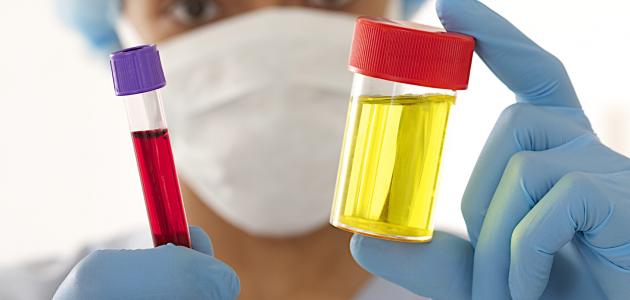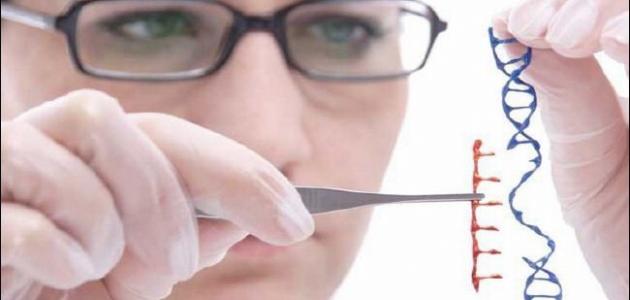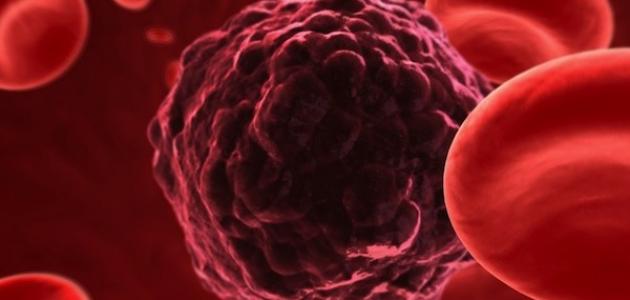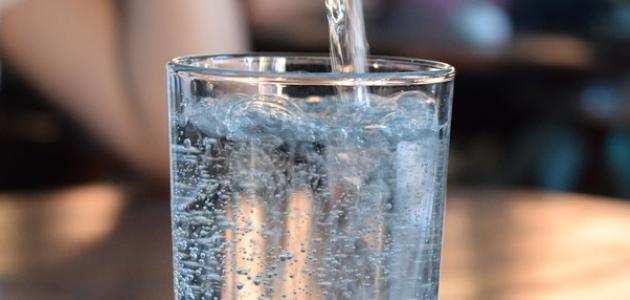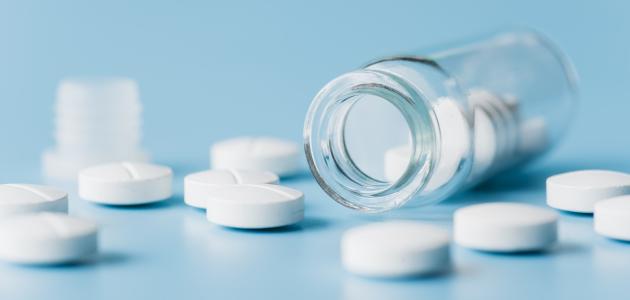Contents
twelve
Twelve duodenum is part of the channel parts of the digestive, up between the stomach and fasting, the first part of the small intestine, and a length of between 25-30sm, separated from the stomach by the doorman, and has four pieces similar in form polygon, and open up in the second piece of it Both the bile duct and the pancreatic duct.
He was known by several names; Like the duodenum in the Arabic language, meaning the intestine, and the twelfth, and its name came to the twelve from the literal translation of his name in Latin, which was derived from the ancient Greek language, and the first to call it this name was the Greek anatomist Herophilus, who lived between 335-280 BC.
Sections of the twelve
- The first section: It connects between the stomach and the second section, and it takes a horizontal position.
- The second section: It connects between the first and the third section, and is in a vertical position.
- The third section: It connects between the second and fourth sections, and takes a horizontal position again.
- The fourth section: It rises a little bit before joining me with the fasting person.
- Note: The common bile duct limits with the pancreatic duct to penetrate the left wall of the second section of the duodenum into the large duodenal papilla in order to transport the bile into the intestine.
The function of the duodenum
- It breaks down the starch materials that have broken down inside the mouth and stomach, where it is broken down by secretion of enzymes from the pancreas.
- It digests and decomposes lipids by means of fulmarin enzymes secreted from the pancreas; Such as food additives such as: flavorings and color that have not been dissolved in the stomach and mouth.
- It regulates the emptying of stomach contents into the small intestine; Any movement of digested food from the stomach to the duodenum.
- It signals the liver to secrete bile, and it also signals the pancreas to release digestive enzymes to begin breaking down food through digestive enzymes and hormones.
- Helps absorb iron from food.
- It receives the bile, which is secreted from the gallbladder.
- It chemically breaks down many food compounds, such as: fats, proteins, and carbohydrates.
Duodenal health problems
- Crohn's disease: which affects the lower region of the small intestine, but this inflammation affects the duodenum, and is often hereditary, and its symptoms are: fever, rectal bleeding, joint pain, and weight loss.
- Duodenal ulcer: It is considered one of the most common diseases, it is very painful, and it is related to a type of pylori bacteria known as Helicobacter pylori, and the main cause of these ulcers is the erosion of the lining of the mucous membrane of the small intestine due to the excessive secretion of stomach acids.
- Small intestine cancers: specifically in the area where pancreatic enzymes and bile are excreted in the duodenum.



